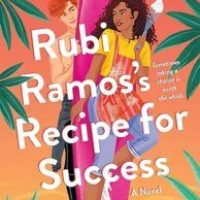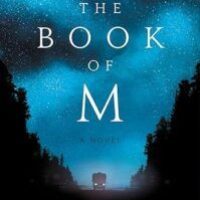Independent magazines are notorious outsiders. Generally made with lots of passion and not much cash, they’re gloriously uncommercial artefacts of our current age of creative independence, in which virtually anyone with an internet connection and an Adobe Creative Cloud license can publish their own professional quality print magazine. Of course the fact that pretty much anyone can now be their own editor-in-chief and creative director means that lots of the work committed to print isn’t all that good, but there are some extraordinary gems out there waiting to be found, and that’s what we spend our days doing.
Stack searches out the best independent magazines and delivers them to thousands of readers around the world every month—you never know what you’re going to get next, but you do know it will be a beautiful, intelligent print magazine you probably wouldn’t otherwise have come across. We pride ourselves on delivering a wide range of magazines covering all sorts of subjects, but for the following list we’ve focused on the literary magazines we’re currently enjoying the most.
The White Review
One of London’s most revered independent literary magazines, The White Review mixes outstanding fiction, essays and poetry with beautiful art and photography all wrapped up in a lovely, thick print edition. Launched in 2011, its founding aim was to provide “a space for a new generation to express itself unconstrained by form, subject or genre”, and today it publishes in monthly online editions, but it’s the roughly triannual print version that we love. The current issue looks at first glance like a sort of bookish fashion magazine, with its cover featuring a photograph by artist Elad Lassry, but the content inside ranges far and wide, covering subjects including migration and asylum, LGBTQ+ spaces, race and disability. Essential and important, but with a fantastic lightness of touch, a new issue of The White Review is always eagerly anticipated in the Stack office.
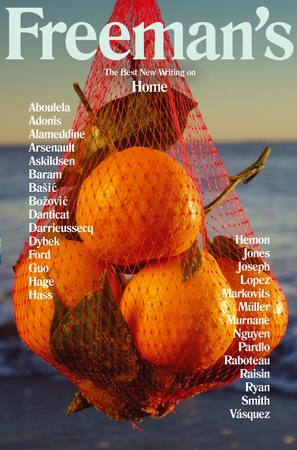
Freeman’s
Freeman’s looks like a book but it self-defines as a magazine. “I think a magazine is tracking and engaging with culture,” explains editor John Freeman, who used to head up Granta. “It has an ongoingness, whereas an anthology freezes a moment, perhaps, and puts it in two covers.” The fifth issue is about power: it’s topical, but in a pleasurably sideways way. One of the most beautiful things here is a poem by Julia Alvarez that reimagines Penelope, happy alone, disappointed when Odysseus finally comes home: “He’s back, disguised as an old man/ to test my virtue… I would be rid of him.”

Visions
The plaything of one extraordinary tinkerer, science-fiction magazine Visions is a testament to the power of passion. Creative technologist and sci-fi fan Mathieu Triay began the project by making Marvin Visions, the typeface that he uses for titles throughout the magazine and its website. Licensing the typeface online generated enough money to pay for printing the first issue, and he uses the magazine as a platform for both new and established science-fiction writers. In the latest issue, for example, multi-award winning author Robert Silverberg’s story “Caliban” is set in an alarmingly lithe, glistening future, as seen through the eyes of a man who has become the only relic of our messy, hairy times. Silverberg locates his smooth sexualization a hundred-odd years into the future, but in “Hyperbeauty,” the non-fiction essay that follows it, master’s student Raquel Hollman seems to respond to Silverberg by showing how our world is already uncomfortably sexualized and dominated by ideals of “perfect beauty.”
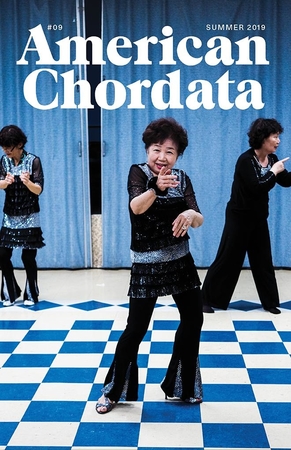
American Chordata
One of the defining characteristics of New York-based American Chordata is that it looks really good. Mixing short stories and poetry with photography, the pictures aren’t specially commissioned. Instead, art director Bobby Doherty mines the internet for art all year long, and then sets his favorites next to the text in a strange, non-illustrative way, almost like collage. In the most recent issue—AC’s ninth—Tatu Gustafsson’s grainy CCTV images of a lonely figure standing by the sides of roads are dropped throughout Angela Woodward’s disturbing short story “Decoy Animals,” the writing and images each intensifying the other.
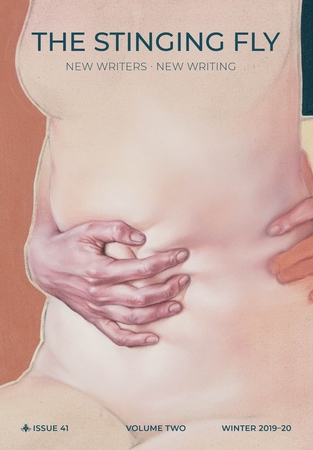
The Stinging Fly
An Irish literary magazine of new writing, The Stinging Fly has excellent pedigree—Sally Rooney is a contributing editor, and on these pages there’s an echo of her attention to the minute detail of how we see ourselves and are seen by others. The current issue is fronted by a brilliantly fleshy artwork by Irish Japanese painter Shane Berkery, which sets the tone for the intimate and personal reflections that run through the fiction and poetry inside.
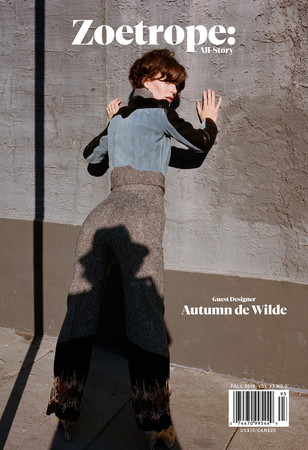
Zoetrope
Founded by Francis Ford Coppola in 1997, Zoetrope was originally conceived as a way to inspire independent movie-making, by providing a space for writers to publish their short fiction and plays. The magazine’s role-call of contributors is ludicrously star-spangled—the rotating guest-designer spot has been filled by Bowie and Lynch, to name only Davids. But what makes this magazine remarkable is how lightly it wears its famous names. Virtually unknown here in the U.K., and boasting just a thousand or so Instagram followers, you get the feeling the only thing its editors really care about is the quality of the fiction.
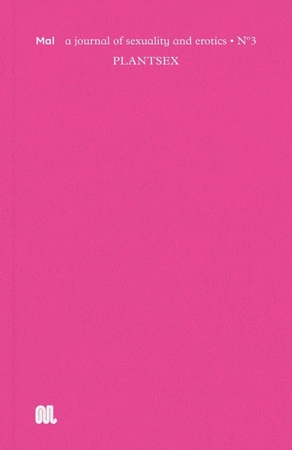
Mal
This London-based journal of sexuality and erotics was started in 2018 by the Feeld dating app, and it’s run today by editor Maria Dimitrova, who works with editorial independence to assemble an inventive series of poems and short stories that explore the frontiers of sexual life. Of course any literary magazine stands or falls on the strength of its writing, and Mal brings together some exceptional talent: the latest issue includes an original piece by cult author Chris Kraus and a short story by Luke Brown that was commended in the Best Original Fiction category at this year’s Stack Awards.
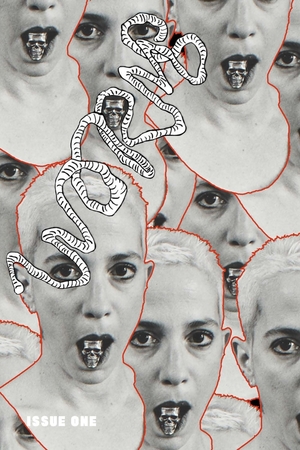
Worms
Worms is a literary magazine about style: writing style, but also sartorial. We are all worms, Clem Macleod explains in her editor’s letter, and “in the end, we’re going to be eaten by them. As a Worm, you will fertilise your mind with glorious words.” Using clothes as a way of worming your way into a writer’s work is a contentious business. Traditionally understood to be something frivolous women like, clothes are depicted here to be so much more interesting. Author Natasha Stagg is interviewed, and the first question she is asked is whether everyday dressing is a sort of curation of self. This idea—that dressing up can be a way of slipping out of your identity and trying on another—is most fully realized in a feature towards the middle, where Clem goes to visit a box of the late punk writer Kathy Acker’s clothes, and tries some on. Acker is the cover star, and the whole issue is a homage to her. The clothes are “unwashed, crumpled” and “musky”; a mass of Vivienne Westwood, Commes Des Garcons and Betsey Johnson. Trying on your dead hero’s outfits is thrillingly intimate. As readers, we feel that we should like to do this intimate thing, too.
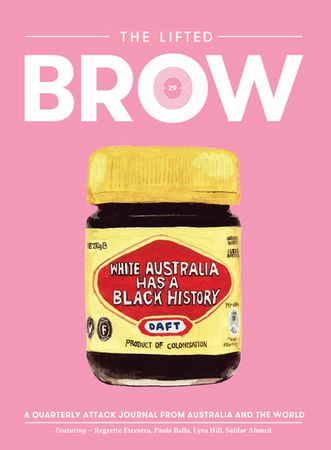
The Lifted Brow
“A quarterly attack journal from Australia and the world,” The Lifted Brow is based in Melbourne and sets out to showcase the most inventive and accomplished experimental storytelling. The result includes fiction and non-fiction, poetry and comics, and frequently gives a voice to groups that aren’t commonly heard. Last year’s 40th edition, for example, was re-branded Blak Brow, and was created entirely by Aboriginal and Torres Strait Islander women, born out of the conviction that “blak” women’s writing can “transcend off the pages and topple the patriarchy.”

Somesuch Stories
The fourth issue of this U.K. literary journal is themed “redemption,” a word editor Suze Olbrich defines as borderline archaic. But the idea of absolution still sticks its pins into us. In a largely secular world, we share what Olbrich calls a “gnarly yearning for liberation from guilt; for forgiveness—for salvation.” It’s a great theme, and while the stories on these pages are uneven, when they’re good, they’re very very good. Like Luke Turner’s beautiful, ambivalent essay on cruising, looking back on encounters he is now old enough to recognize as abusive. And Kieran Yates’ fan fiction about women of color in popular culture; from Padma Patil, to Ursula from The Little Mermaid.

Mekong Review
Launched in 2015 at the Kampot Writers and Readers Festival in Cambodia, the Mekong Review was created as a platform for the literary scene in Southeast Asia. Over the years its influence has spread, and today it publishes essays, interviews, poetry and fiction drawn from across Asia and Australasia. It’s proud to claim no political allegiance, and the current issue includes thoughtful and critical reviews and essays inspired by the protests in Hong Kong, as well as politically-inflected commentary from Thailand, Malaysia, China, Myanmar and beyond.
The post 10 Indie Literary Magazines You Should Be Reading appeared first on Electric Literature.







